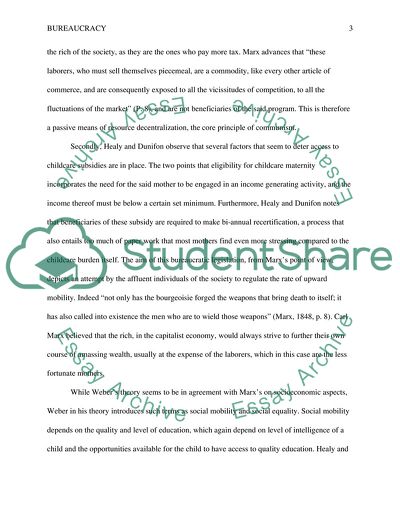Cite this document
(Bureaucracy: Childcare Cost Assignment Example | Topics and Well Written Essays - 1750 words, n.d.)
Bureaucracy: Childcare Cost Assignment Example | Topics and Well Written Essays - 1750 words. https://studentshare.org/sociology/1877204-bureaucracy
Bureaucracy: Childcare Cost Assignment Example | Topics and Well Written Essays - 1750 words. https://studentshare.org/sociology/1877204-bureaucracy
(Bureaucracy: Childcare Cost Assignment Example | Topics and Well Written Essays - 1750 Words)
Bureaucracy: Childcare Cost Assignment Example | Topics and Well Written Essays - 1750 Words. https://studentshare.org/sociology/1877204-bureaucracy.
Bureaucracy: Childcare Cost Assignment Example | Topics and Well Written Essays - 1750 Words. https://studentshare.org/sociology/1877204-bureaucracy.
“Bureaucracy: Childcare Cost Assignment Example | Topics and Well Written Essays - 1750 Words”. https://studentshare.org/sociology/1877204-bureaucracy.


